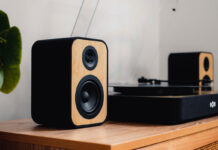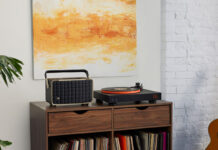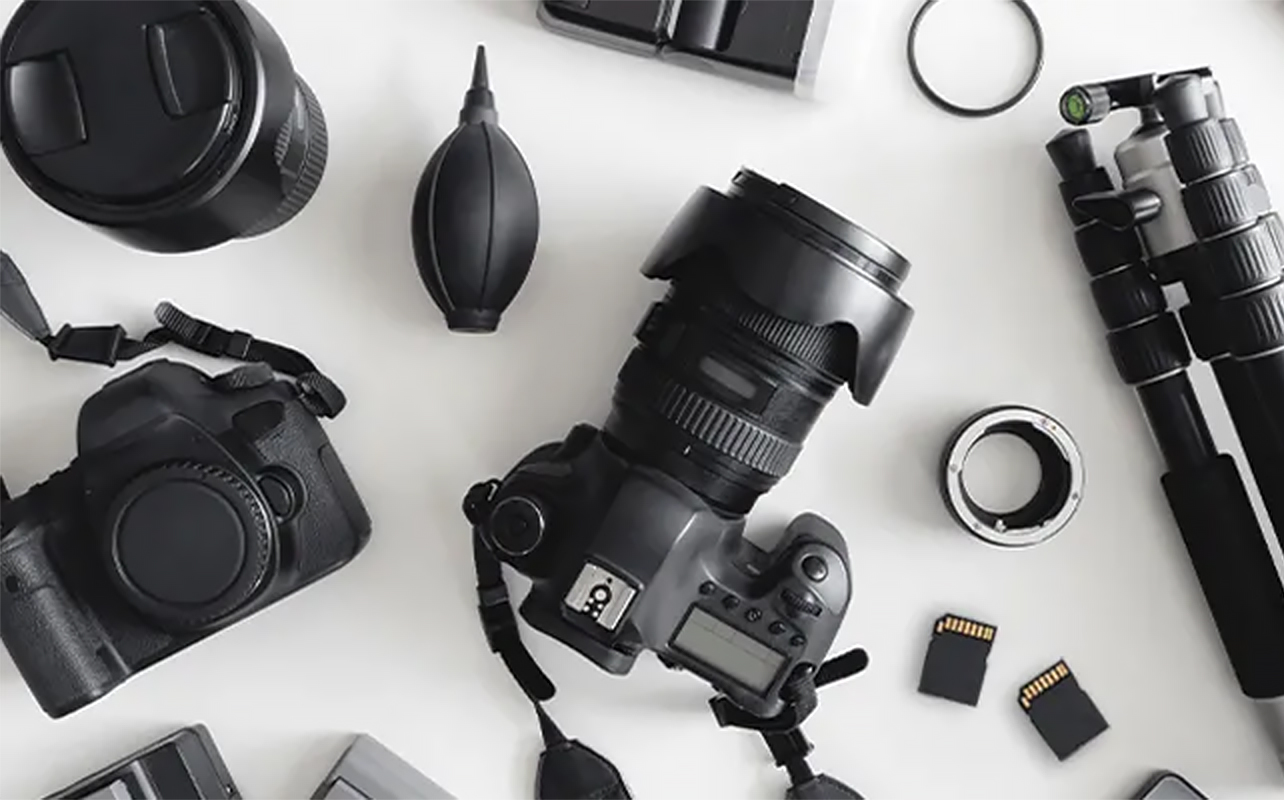
For many photographers, the camera itself is just the start. To unlock its potential (and make sure it lasts) you’ll need the right gear to go with it. That’s where the key camera accessories come in. Whether you’re a seasoned photographer or just getting started, these tools make your photo and video quality better, help protect your gear, and make your overall experience way more enjoyable.
From essentials like batteries and memory cards to creative tools like lens filters and lighting gear, this guide covers the must-have accessories for camera setups that every photographer should consider. Let’s dive in.
1. Extra memory cards
Running out of storage mid-shoot? Not ideal. That’s why an extra memory card is a must-have. It ensures you’re always ready to capture that perfect shot. When shopping for one, consider the storage capacity and speed.
Storage capacity
A 64GB or 128GB card is a good middle ground, offering enough space for thousands of high-resolution images or hours of HD video without constantly needing to swap cards. Smaller cards (like 16GB or 32GB) can fill up quickly, especially if you’re shooting in RAW or video. Larger ones (256GB and up) are great for extended shoots. But they’re more expensive and put all your files in one place—risky if you lose or damage the card.
Speed
When shopping, look for UHS-I or UHS-II cards. Ultra High Speed (UHS) cards offer faster read/write speeds for quicker photo saving and file transfers. UHS-I cards are fast enough for most shooting scenarios. But, UHS-II cards, with additional connection pins, deliver even faster speeds. Use them for 4K video, high-burst photography, or fast-paced events.
If you’re using a DSLR or mirrorless camera, you’ll likely need SD cards, not microSD. That’s because DSLRs and mirrorless cameras typically have full-sized SD card slots. MicroSD cards are more common in smartphones, drones, and action cams. While adapters exist to use microSDs in SD slots, it’s another thing to carry—and they may not always deliver the same reliability or speed.
2. Spare batteries and external chargers
Extra camera batteries are one of the most underrated accessories. Most cameras ship with only one, and if you’re out shooting images all day one battery may not cut it. Cameras drain battery faster than you’d expect, especially when shooting video, using the screen a lot, or working in low temperatures.
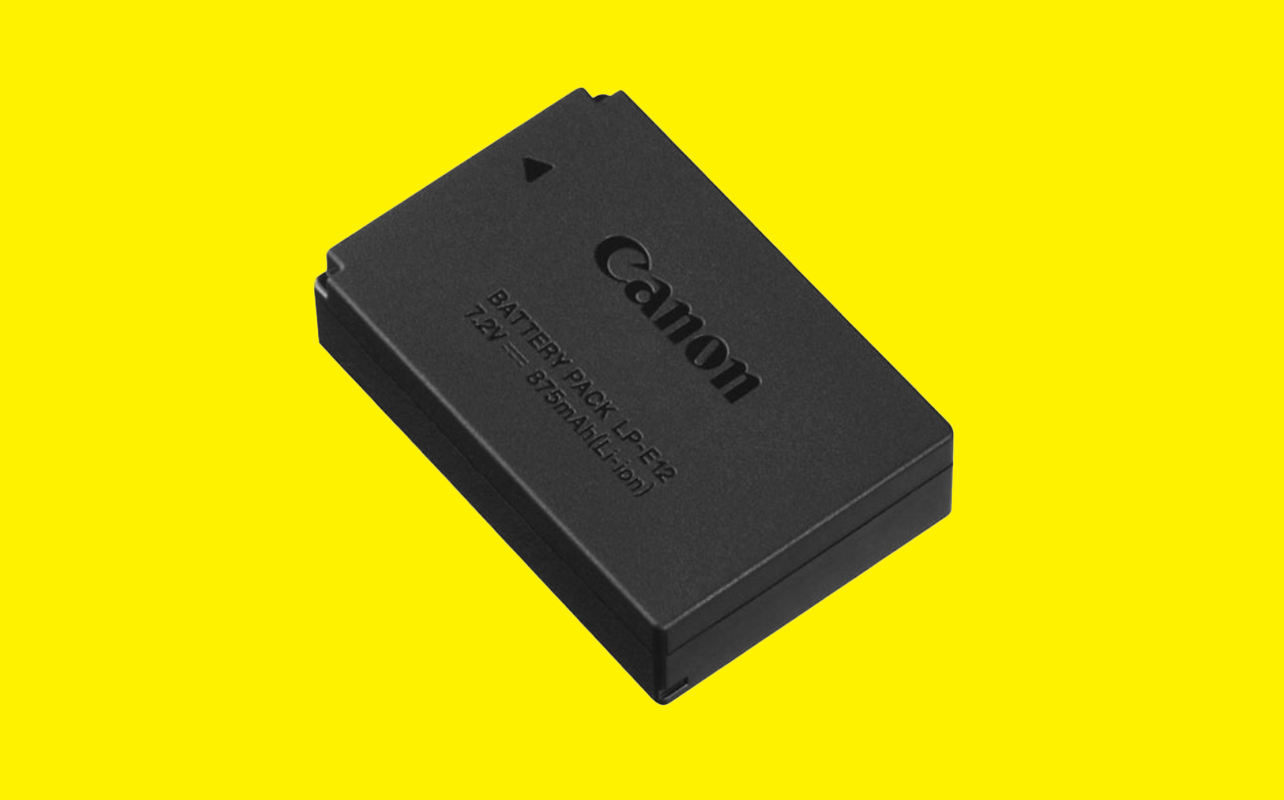
When buying extras, make sure you match the battery model and voltage with your specific camera model. Some third-party options are reliable, but always confirm compatibility with your camera model.
An external charger can be a real lifesaver. Some cameras only charge via USB while the battery is in the camera; an external charger lets you juice up one battery while using another—perfect for on-the-go photographers. These chargers plug into the wall or a USB port and charge batteries outside the camera, often faster and more conveniently than charging through the camera itself.
Here are some tips:
- Always match the battery model to your specific camera.
- Look for OEM batteries (from the camera manufacturer) for the most reliability, or trusted third-party brands if you’re on a budget.
- External wall chargers are a big help, especially if your camera only charges via USB.
- Consider a portable power bank or even a battery grip if you’re doing longer sessions or shooting events.
3. Tripod or monopod
Looking for sharper images during long exposures or improved video stability? A tripod for your camera is a game-changer. It eliminates shake and gives you total control over framing. They’re essential for long exposure photography (like light trails or astrophotography), time-lapses, vlogging, or shooting in low light.
Monopods, on the other hand, offer a different kind of support. They’re ideal when you need extra stability but want more mobility than a tripod can offer. Wildlife photographers, sports shooters, or anyone needing to stay nimble will love monopods. They’re also great in tight spaces or when setting up a full tripod isn’t practical.
Choose the right stabilizer for your needs. Think about how and where you shoot. A lightweight carbon fibre tripod is perfect for hiking or travel. Vloggers may prefer a compact tabletop tripod or one with a smartphone mount. For more controlled environments like studios or landscapes, a sturdy full-size tripod with adjustable legs and a ball head is your best bet. Want more mobility without sacrificing support? Try a monopod: it’s less bulky than a tripod but still adds significant stability.
Bonus: Some tripods are compatible with smartphones and action cameras too—great for hybrid creators.
4. Camera bag or backpack
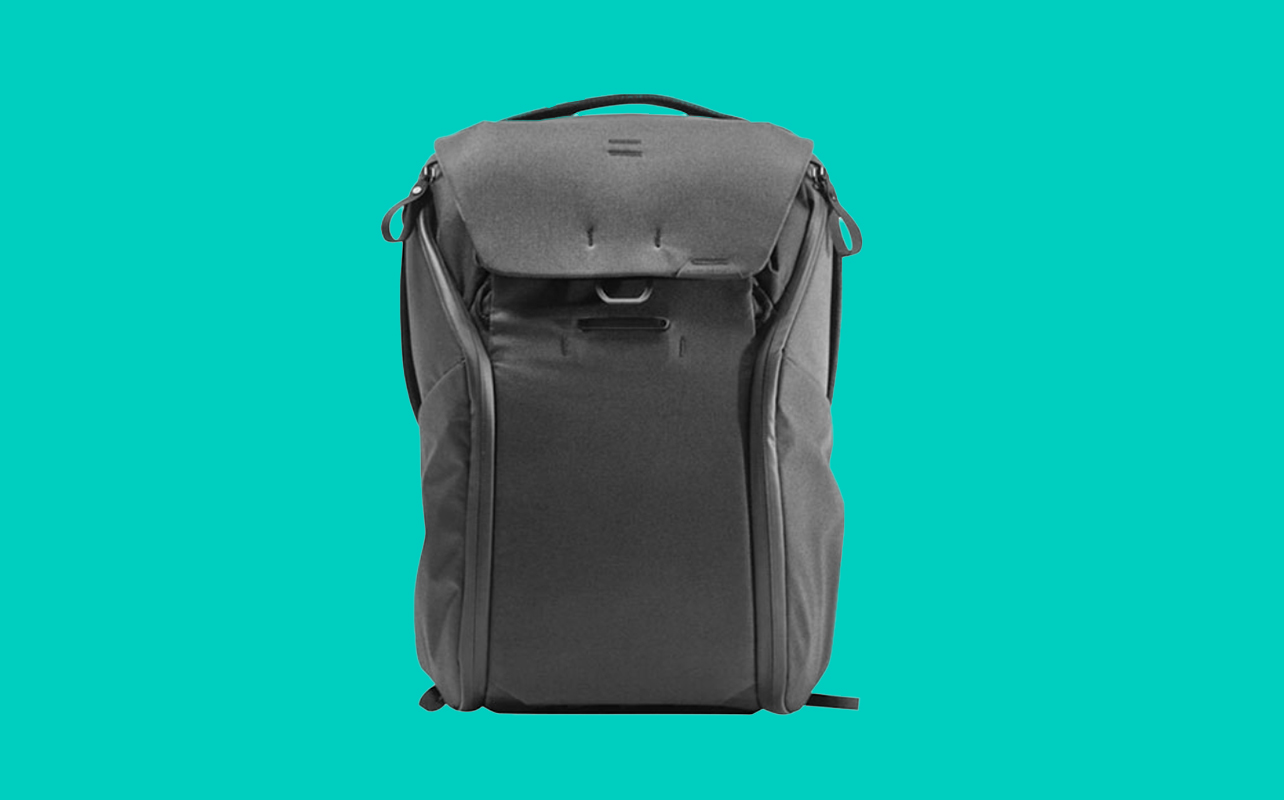
When you’re on the go, your camera deserves protection. A quality camera bag doesn’t just keep your gear safe—it helps keep everything organized and accessible. Choose a bag based on your gear load and where you shoot. If you’re hiking in the Canadian Rockies, comfort and water resistance are key. If you’re shooting downtown Toronto, something sleek and compact might be better.
Sling bags are great for quick access on day trips. They’re light, easy to swing around, and perfect for street or travel photography. Backpacks give you more room for lenses, a laptop, and accessories—ideal for longer trips or more complex setups.
Shooting in the rain or snow? Waterproof cases or weatherproof bags will keep your gear dry and safe. And if you already have a favourite backpack, padded inserts can turn almost any bag into a camera-ready carrier.
5. Lens filters
Lens filters are one of the easiest and most affordable ways to improve your photos instantly. They manage light, reduce glare, or enable longer exposures—and they add a layer of protection to your valuable lenses. Here are a few of the most common lens filters:
- UV filters: Originally used to block UV light on film cameras, these now mostly serve as lens protection from scratches, dust, and fingerprints.
- Circular polarizers: Reducing reflections and glare from water, glass, or metal, they also deepen blue skies and boost overall contrast in landscape shots.
- ND (neutral density) filters: They cut down the light hitting your lens, allowing for long exposures or smoother video in bright daylight.
Compatibility tip: Filters screw onto the front of your lens, so you’ll need to check your lens’s filter thread size (usually marked in mm). If you own multiple lenses with different sizes, a filter kit with step-up or step-down rings can save you money.
6. External flash or lighting kit
Your camera’s built-in flash? It’s fine in a pinch. But for more control and better results, external camera flashes and lighting is the way to go. Good lighting can make or break a photo—especially in dim conditions, indoor shoots, or portrait work. A well-placed flash or LED panel can add dimension, reduce noise, and bring your subjects to life.
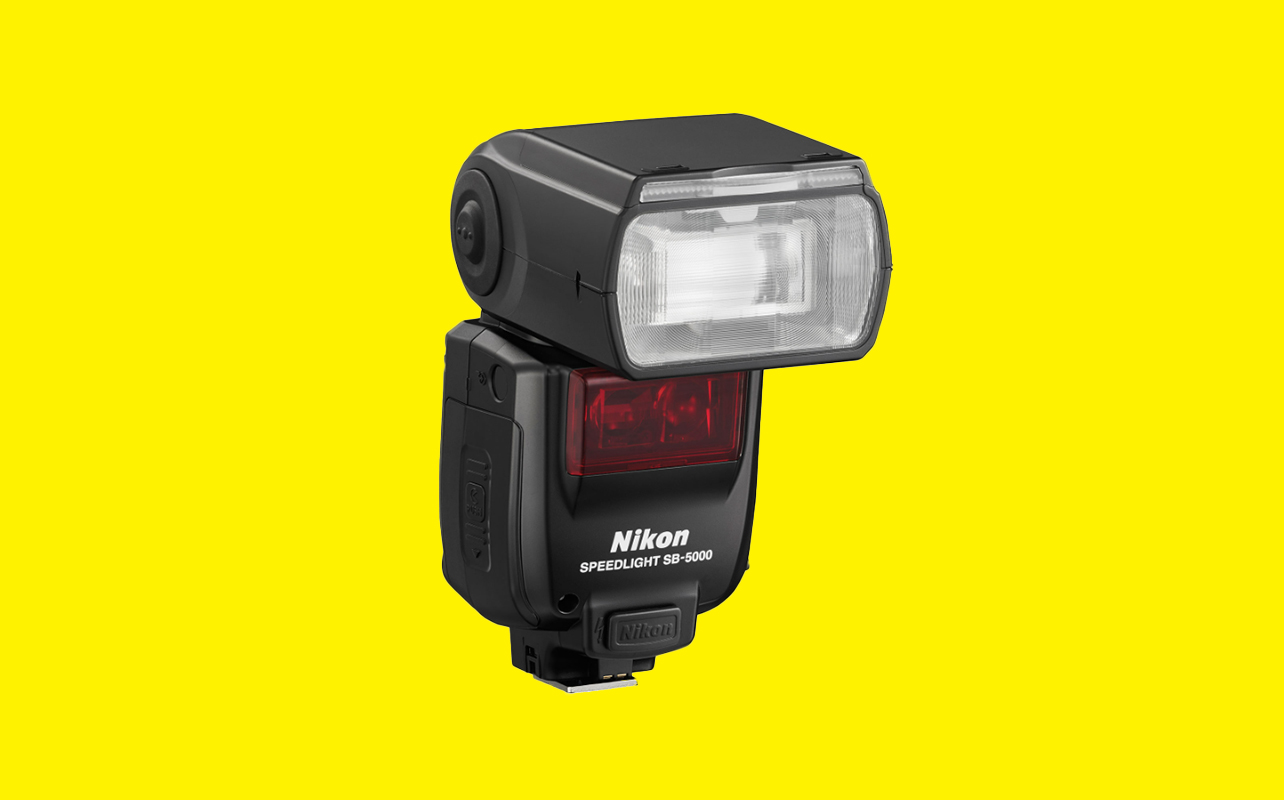
On-camera flash
These mount directly onto your camera’s hot shoe. They’re a huge upgrade from built-in flashes and offer better reach and control. Great for events, portraits, or any situation where you need portable lighting.
Off-camera flash
Off-camera flash setups let you position light wherever you need it—side lighting, backlighting, you name it. Ideal for portraits, product shots, and creative setups. You’ll need triggers or wireless systems, but the results are worth it.
LED panels
These provide continuous lighting, meaning you can see how the light hits your subject in real-time. Perfect for video work, product photography, and indoor shoots. Many are dimmable and colour-adjustable for more control.
Ring lights
Soft, even lighting that flatters faces—what’s not to love? Ring lights are ideal for YouTube and TikTok videos, beauty shots, or professional-looking Zoom calls. They reduce shadows and add a signature catchlight to the eyes.
Here’s an important tip: Check for TTL (Through-The-Lens) compatibility so your flash syncs properly with your camera’s exposure settings.
7. Cleaning kits and lens care
A dirty lens leads to blurry photos. Keep your gear in tip-top shape with a simple camera and lens cleaning kit. Consider the following cleaning tools to include in your kit:
- Microfibre cloths: for gently wiping lenses and screens
- Air blowers: to remove dust without touching sensitive parts
- Lens cleaning fluid: for stubborn smudges
- Sensor swabs (optional): if you’re confident cleaning your camera’s sensor—or leave that part to the pros
A clean kit not only improves image quality but also extends the life of your gear. You can find complete camera cleaning kits or starter bundles at Best Buy Canada.
8. Remote shutter release
Ever set up a tripod shot only to blur it by touching the shutter button? That’s where a remote shutter release saves the day. It eliminates vibrations caused by physically pressing the shutter—great for long exposures, astrophotography, group shots, or time-lapses.
Wired remotes are simple and reliable. Just plug into your camera’s remote port and press the button. They’re great for macro photography, product shots, or studio work where cable length isn’t an issue. Wireless remotes give you more freedom to move around. They’re ideal for group shots, wildlife photography, or situations where you’ve placed the camera in a tricky spot. Some work using infrared (line of sight required), while others use radio frequency for longer range and better reliability.
Smartphone-controlled remotes are the modern option. Many cameras now connect to apps that let you adjust settings, preview the shot live, and trigger the shutter—all from your phone. Super handy for selfies, vlogging, or creating social media content.
Most remotes are compatible with major DSLR and mirrorless brands like Canon, Nikon, Sony, and Fujifilm—just make sure you check the specs.
9. External microphone
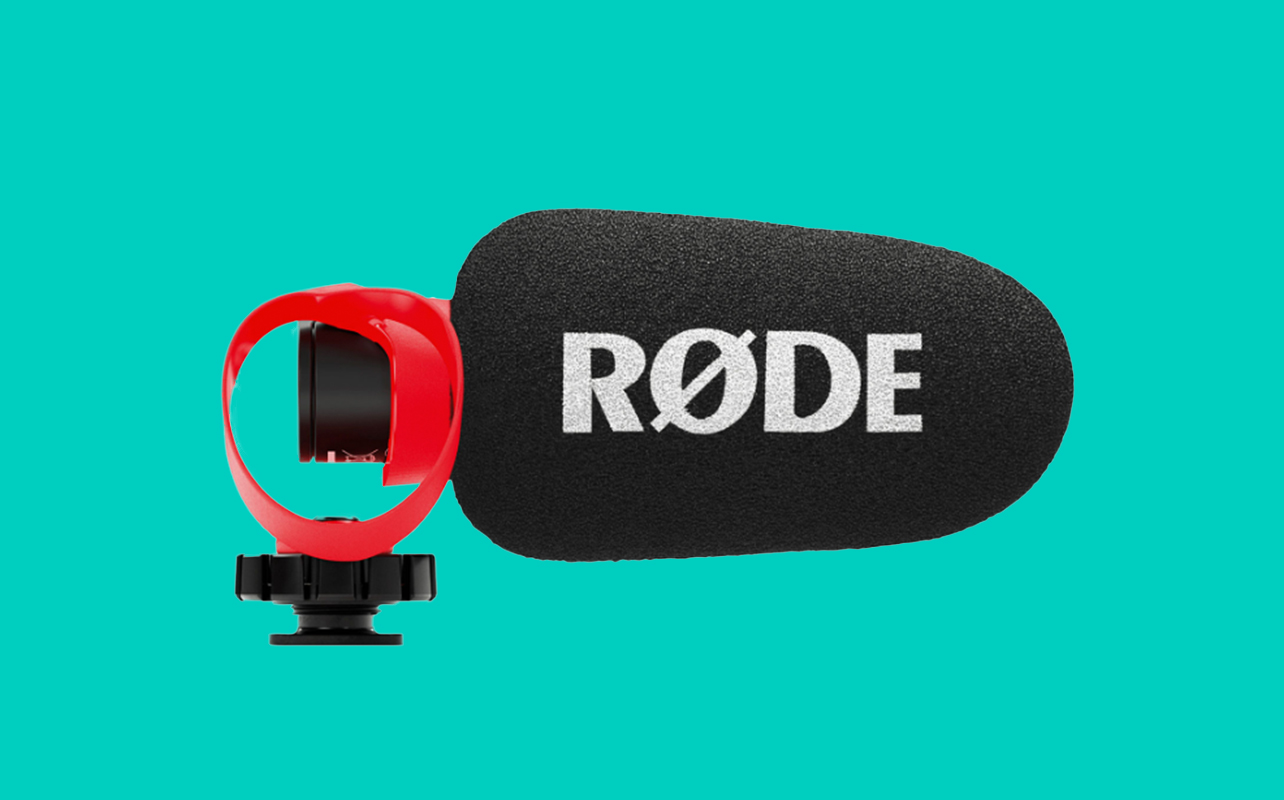
Planning to shoot video? The audio quality from most built-in camera mics … let’s just say, it leaves a lot to be desired. An external camera mic is an easy upgrade. Consider these different types:
- Shotgun mics: These are highly directional mics that pick up sound from directly in front of the camera while blocking out background noise. They’re perfect for vlogging, interviews, or run-and-gun filmmaking.
- Lavalier (lapel) mics: These clip-on mics attach to your shirt—great for interviews, tutorials, or any on-camera speaking. Some models are wired, others are wireless for more freedom.
- On-camera mics: Compact mics that mount to your camera’s hot shoe, they’re a good all-around option for creators who shoot on the go and want better audio without a complex setup.
Look for mics that are compatible with your camera’s audio input and mount securely on the hot shoe. Many brands also make mics tailored for mirrorless setups, which are often more compact.
Take your photography to the next level with the right accessories
These must-have accessories for camera help you get better shots, protect your investment, and unlock your creative potential. From something as simple as an extra SD card to tools like lens filters and lighting kits, each accessory plays a role in levelling up your photography. The best part? You don’t need to buy everything all at once. Start with the essentials, and then expand your kit as you grow more confident behind the lens.
Ready to build your photography toolkit? Check out Best Buy Canada’s wide selection of trusted camera accessories. There’s something for every type of photographer, at every stage of the journey.
This article was drafted using AI technology and then reviewed, fact-checked, and revised by a member of our editorial team.




